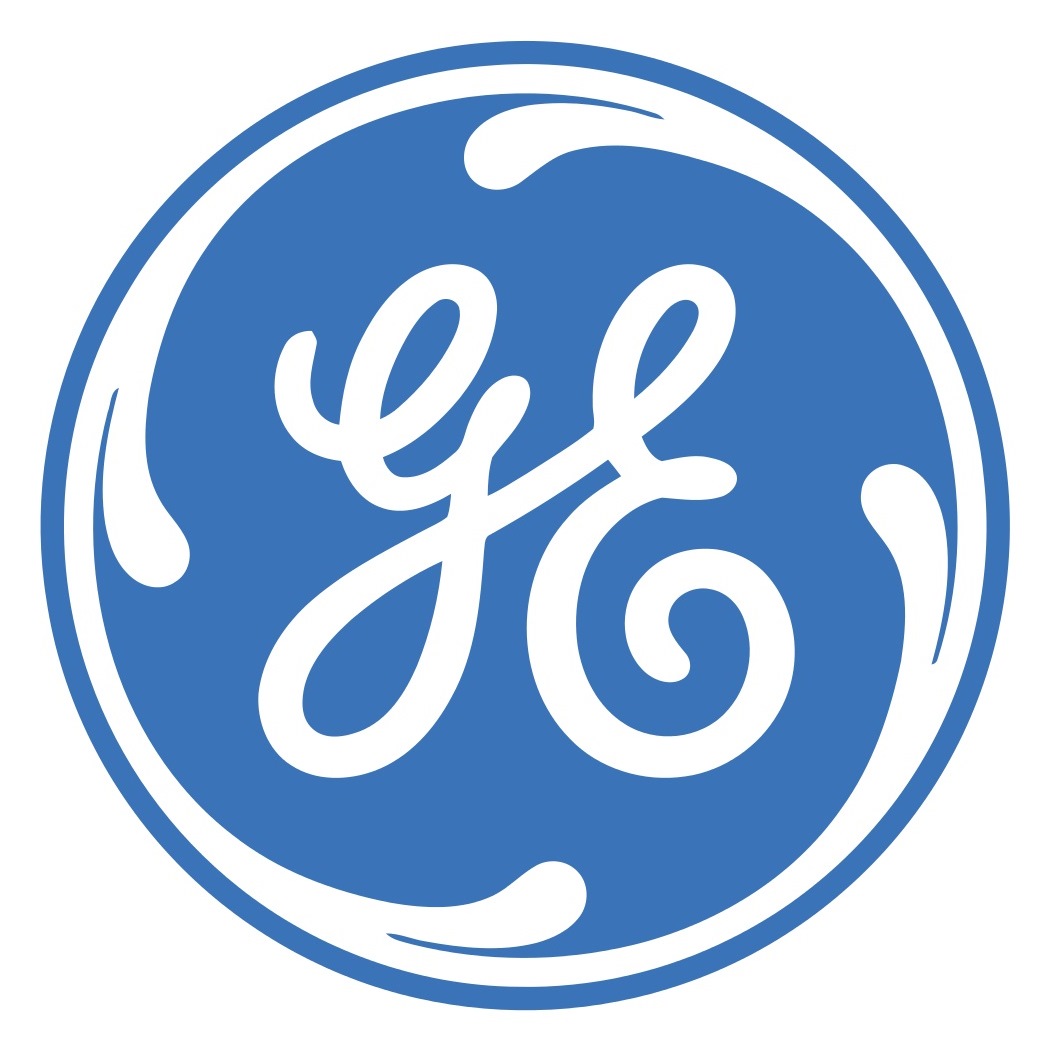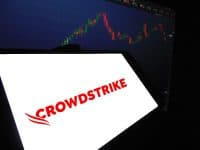
As 2015 has come to a close, 24/7 Wall St. is looking forward to see what the strategists and analysts on Wall Street expect for the stock market and the major stocks in 2016. It turns out the bull market was interrupted in 2015, as the Dow Jones Industrial Average closed out the year at 17,425.03, down 2.2%. That may be hardly a reason to call a bear market ahead, but investors know this was the first annual loss after six straight years of gains.
Apple Inc. (NASDAQ: AAPL) is the absolute largest company in the world, and by that token perhaps the most widely followed, with a market cap of $586.86 billion at the end of 2015. Despite its popularity, Apple stock posted lost on the year, for the first time since 2012, and then even before that in 2008.
While the index performance of the Dow does not account for individual stock dividends, Apple closed out 2015 at $105.26, for a total return of -3.01% if you account for its dividend payments.
For the year ahead, the consensus analyst price target for Apple from Thomson Reuters is $148.00. If the analysts are correct, the expected total return would be 42.6%, if you include its dividend yield of 2%. Does it seem right that a Dow stock, even the mighty Apple, can run that much? It depends, but that would make Apple the highest expected total return out of any Dow stock for the 2016 year by a huge margin.
Another consideration is that 2016 has gotten off to a very bumpy start. Apple shares were trading at just $102.00 on the third trading day of the year.
Apple was picked as one of the top end-of-year stocks by Goldman Sachs, despite a shaky 2015 performance. It is on the firm’s prized Conviction Buy list and was initially included on that list with a $163.00 price target — some $15.00 higher than the consensus analyst target now. That implies upside of over 50%. Keep in mind that many analysts have lowered expectations for Apple and are expected to keep doing so into 2016. The big issue was that Goldman Sachs is looking at Apple as a subscription model ahead, with massive recurring revenues, rather than just being a seller of the top tech gadgets.
A lot of things happened in 2015 for Apple. The launch of the Apple Watch was more of a niche product, and the new refreshes for the iPad have yet to materially work into big gains in sales. Still, the iPhone 6 carryover and the iPhone 6s refresh have been huge for Apple. Streaming music has yet to materialize into a massive boost, and the verdict is out for Apple TV.
Reports also have suggested that Apple is tempering its iPhone sales expectations and decreasing production. Is the market is already thoroughly saturated with the iPhone 6 and 6s versions? Or are consumers just waiting for the next stage in the iPhone evolution?
The Apple of 2016 is much different from even the Apple of 2013. It has a forward price-to-earnings (P/E) ratio of only about 10. Apple’s cash hoard is now over $200 billion, and Apple is now generating more business outside of the United States than inside of it, with some 62% of revenues at the end of fiscal 2015 coming from international sales. China now accounts for more of Apple’s revenues than Europe. Apple’s sales are expected to be north of $250 billion in fiscal year 2017, assuming the analysts are correct.
What lies ahead for Apple is still up in the air. In some ways there are more questions than answers. Investors are still debating how to value the greatest growth story of this generation. Will Apple really get into cars? Will it revolutionize how consumers watch television? What other product launches will Apple have in the years ahead? How deep will Apple’s penetration into the business and enterprise market go?
Apple is in the midst of a massive share buyback. The company also has lots of room for dividend growth ahead. Its shareholder capital return plan sent some $17 billion back to holders in its fourth quarter of 2015 alone.
It might seem like a safe bet for analysts to continue to trim their price targets on Apple, considering how the company ended 2015 with a drop of roughly 10% over the month of December alone. It is just hard to conceive of a Dow stock adding another 40% of its market value, with an admission that some Dow stocks have had returns of that magnitude in prior years. However, Apple has been known to surprise, and the fiscal second quarter from last year was heralded as the greatest quarter the company had ever posted.
Thank you for reading! Have some feedback for us?
Contact the 24/7 Wall St. editorial team.
 24/7 Wall St.
24/7 Wall St.


